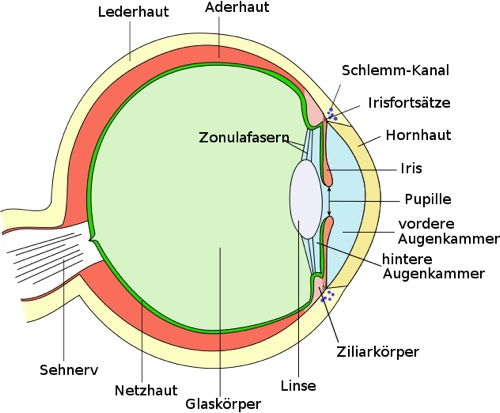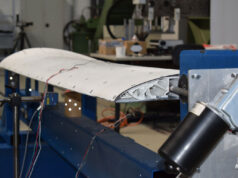Forscher der University of Cambridge soll die Verarbeitung von lebenden Augenzellen mittels eines 3D-Bio Druckers gelungen sein.
In einem Versuch druckten die Forscher mithilfe eines “Piezoelectric inkjet printer” die beiden für die Sehkraft verantwortlichen Ganglien- und Glialzellen von Ratten zu einer vorgegebenen Struktur ohne die Zellen dabei zu zerstören. Mit diesem Verfahren ist es erstmals gelungen Zellen des zentralen Nervensystems digital zu verarbeiten.
Die Forscher hoffen künftig mit dieser Technologie blinden Menschen helfen zu können und arbeiten bereits an ein Druckverfahren mit mehreren Druckköpfen.
“The loss of nerve cells in the retina is a feature of many blinding eye diseases. The retina is an exquisitely organised structure where the precise arrangement of cells in relation to one another is critical for effective visual function“. so Professor Keith Martin und Dr Barbara Lorber, von der University of Cambridge.
“We plan to extend this study to print other cells of the retina and to investigate if light-sensitive photoreceptors can be successfully printed using inkjet technology. In addition, we would like to further develop our printing process to be suitable for commercial, multi-nozzle print heads,” so Professor Martin von der University Cambridge.
Abstract
We have investigated whether inkjet printing technology can be extended to print cells of the adult rat central nervous system (CNS), retinal ganglion cells (RGC) and glia, and the effects on survival and growth of these cells in culture, which is an important step in the development of tissue grafts for regenerative medicine, and may aid in the cure of blindness. We observed that RGC and glia can be successfully printed using a piezoelectric printer. Whilst inkjet printing reduced the cell population due to sedimentation within the printing system, imaging of the printhead nozzle, which is the area where the cells experience the greatest shear stress and rate, confirmed that there was no evidence of destruction or even significant distortion of the cells during jet ejection and drop formation. Importantly, the viability of the cells was not affected by the printing process. When we cultured the same number of printed and non-printed RGC/glial cells, there was no significant difference in cell survival and RGC neurite outgrowth. In addition, use of a glial substrate significantly increased RGC neurite outgrowth, and this effect was retained when the cells had been printed. In conclusion, printing of RGC and glia using a piezoelectric printhead does not adversely affect viability and survival/growth of the cells in culture. Importantly, printed glial cells retain their growth-promoting properties when used as a substrate, opening new avenues for printed CNS grafts in regenerative medicine.Die Ergebnisse wurden im IOP Science veröffentlicht.
via IOP Science
Picture: commons.wikimedia.org



















